Жəабран (zhvabran) is a ritual holiday that is held once a year before the beginning of Lent. This tradition is rooted in the distant past of our people.
Esma Golandzia
In ancient times, in the everyday life of the Abkhazians, whose main occupation was cattle breeding, a ritual was performed in honor of the deity Aitar, the patron saint of livestock. “Кыр зымчу Аиҭар - абжьеиҭар – анцəахəду!” - “The mighty, seven-faced Aitar is the great share of the Supreme God!” - this was one of the forms of prayer addressed to him. Aitar was considered the head of seven deities, which were its components.
“His essences or shares were Жəабран (Zhvabran) - the patroness of cattle, Џьабран (Dzhabran) - the patroness of small cattle, Ҳәараҳ (Kherakh) - the patron of pigs, Алышькьынтыр (Alyshkintr) - the patron of dogs, Цабаҳ (Tsabakh) - the patron of cats, Ҽышьашьана (Chishashana) is the patron saint of horses, mules and donkeys, Анана-Гәында (Anana-Gunda) is the patroness of beekeeping. According to fragmentary ethnographic data, it is obvious that earlier cults were performed to all seven shares of Aitar,” notes ethnologist Valery Biguaa in the monograph “The Ritual World of the Traditional Religion of the Abkhazians.”
At present, only the cult of the deity Жəабран has been preserved, which is also reflected in the name of the winter month (жəабран is the Abkhazian name for February). An integral part of the ritual is the making of a ritual pie or churek (жəабранмгьал), which is baked right in the hearth. Its cooking, as well as the whole ceremony, is considered the responsibility of the eldest woman in the house - mother or sister. In the Lomiia family from the village of Arasadzykh, the жəабран is carried out by the 93-year-old mistress of the house, Venera Bganba-Lomiia.
“We used to cook the dough for churek a week before the holiday. About ten years ago they began to knead it the night before the ritual. To prepare it, add salt, sugar, sifted corn and soy flour, wheat flour, and honey to boiled water. The leaven is covered and left overnight. Early in the morning a fire is lit. The hearth needs to be heated well so that by lunchtime there are as many coals as possible. Add wheat flour to the dough and knead the dough. It is mixed with nut sticks or with the амҳабысҭа (a wooden spatula for making hominy - ed.), do not touch the dough with your hands. Knead it until it is put on fire. The mixture should not be too thick,” says Venera Bganba-Lomiia.
Then the hearth is lined with rhododendron leaves, called ахәажә. The leaves are boiled in water in advance to disinfect and make them elastic. In addition, it is popularly known that the plant is mildly toxic. The dough is spread in an even layer on the rhododendron, covered with leaves, and coals are poured on top.
To prevent ash from getting into the dough, banana leaves are also used, and to ensure even baking, the coals are mixed with dry corn cobs. Жəабранмгьал is baked in the shape of a square or rectangle.
“According to the Abkhazian concept, God created the earth in the form of a quadrangular firmament as a sign of the material world. The idea of the earth as a square provides human orientation, since it is based on a cross, which personifies, on the one hand, the sun, therefore fire, as well as the method of producing it, and on the other, the four corners of the earth. In the Abkhazian mythopoetic perception, the earth is thought of as the feminine principle - an indispensable condition for successful fertility,” explains Valery Biguaa of the ritual.
Жəабранмгьал must be prepared before sunset. After about 3-4 hours, if the pie is ready, it is cleared of leaves, carefully removed from the hearth and placed on the table. A wheel of cheese is placed on top of it - ацқьашә (“sacred cheese”).
“Unlike the quadrangular ritual pie associated with the earth, the “sacred cheese” is the symbolism of a circle, which is an allegory of the higher world, the world of the gods - the sky. The ritual placement of cheese on a pie is nothing more than the Abkhazians’ magical assistance in uniting heaven (husband) and earth (wife) - strengthening the “sacred marriage” necessary to maintain the vitality of fertility. The narrow sense of this ritual action is a rich pasture on the ground and a favorable sky above, providing a large milk yield,” notes Biguaa.
Then the mistress of the house appeals to the Almighty in prayer. Holding a candle in her hand, she thanks him for allowing family members to celebrate the holiday alive and well. She also asks God for health and prosperity for the family, prosperity and abundance in the home, prosperity of the household and increase in livestock.
The candle is attached to the front door, where it burns for about half an hour. Then the churek and cheese are cut, taking into account the proportion of children who have already fled the family nest.
“The whole family gathers at the table and starts eating. Жəабранмгьал is eaten with honey or ахырцəы (traditional fermented milk product - ed.). The pie has a pleasant, sweet taste; while it is hot, it is soft, and when it cools, it becomes hard, says Venera Bganba-Lomiia.
On Sunday, pieces of the pie are distributed to neighbors. On Monday, Abkhazian housewives will again knead the dough and bake, because хəажəкыра is coming - another traditional ritual holiday, which we will talk about in the next article.
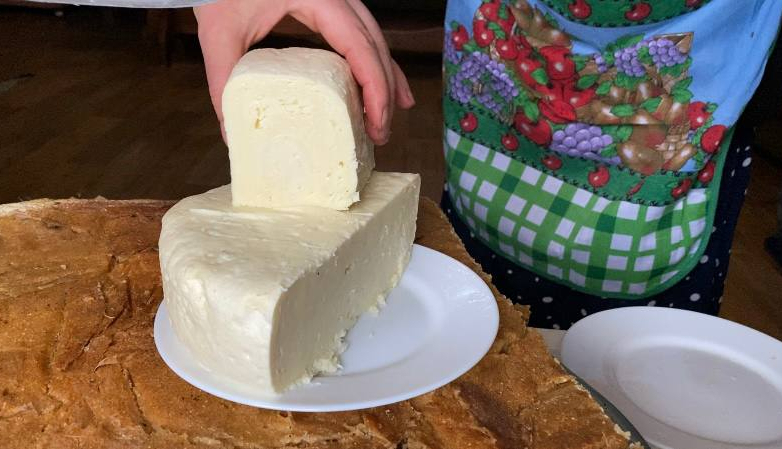
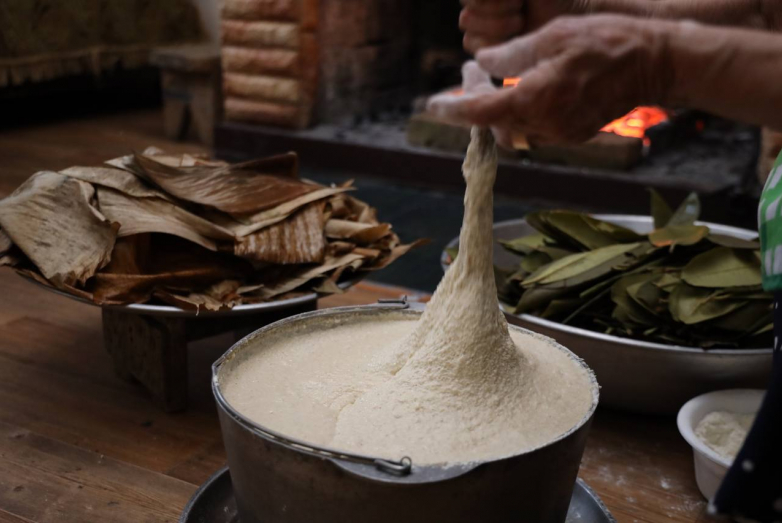
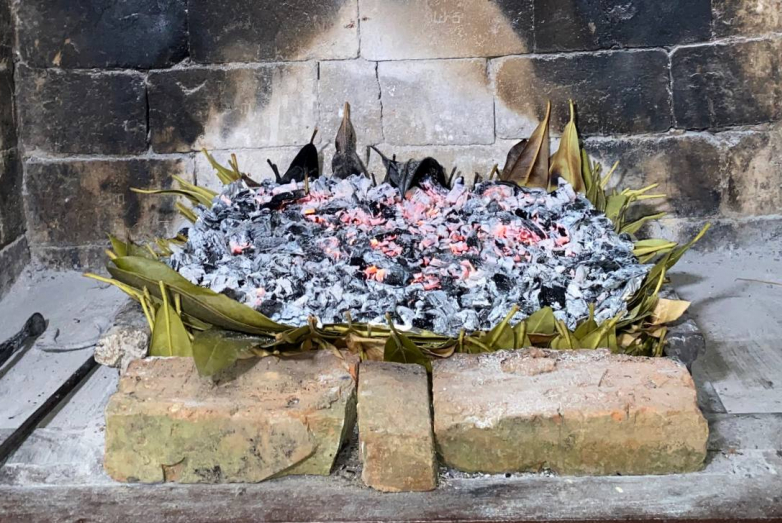
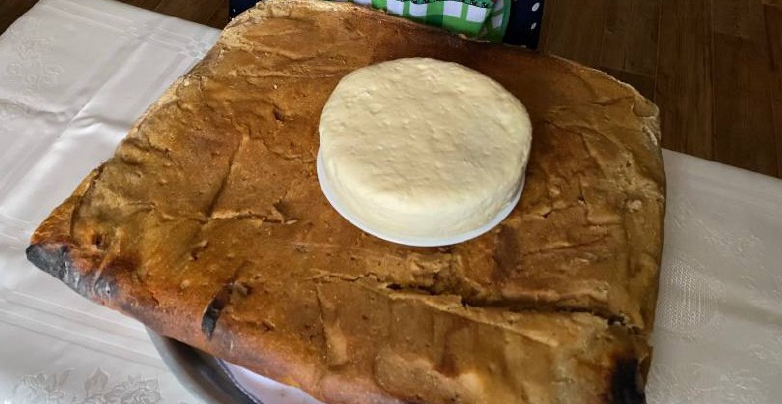
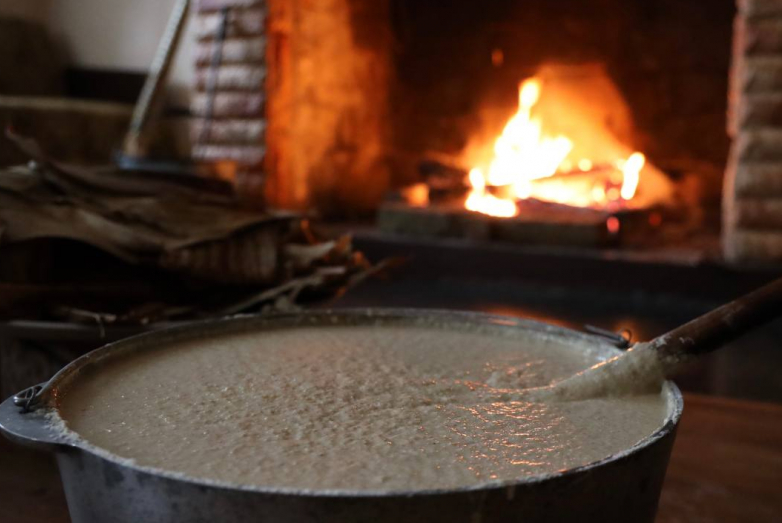
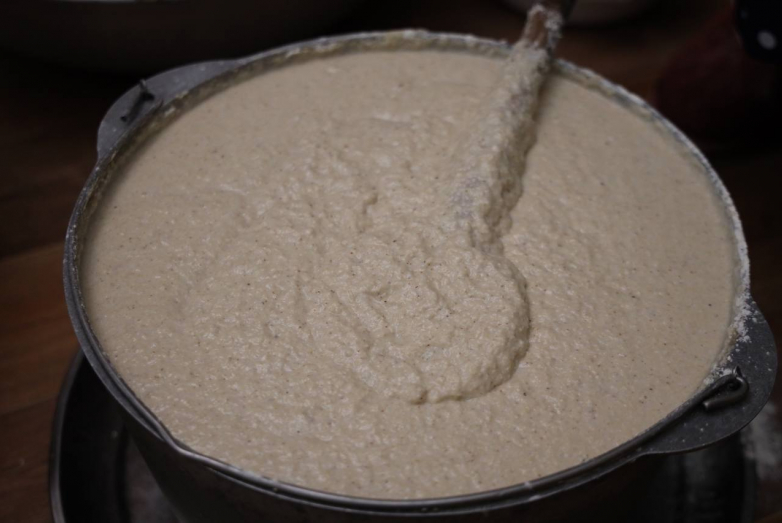
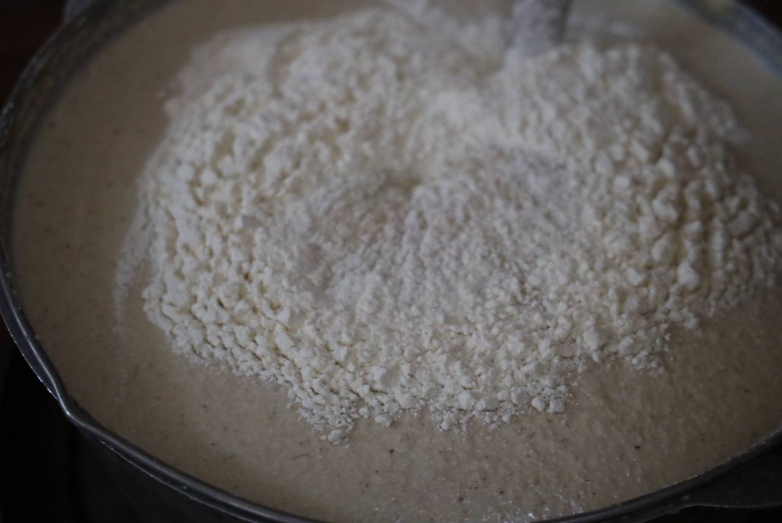
to login or register.